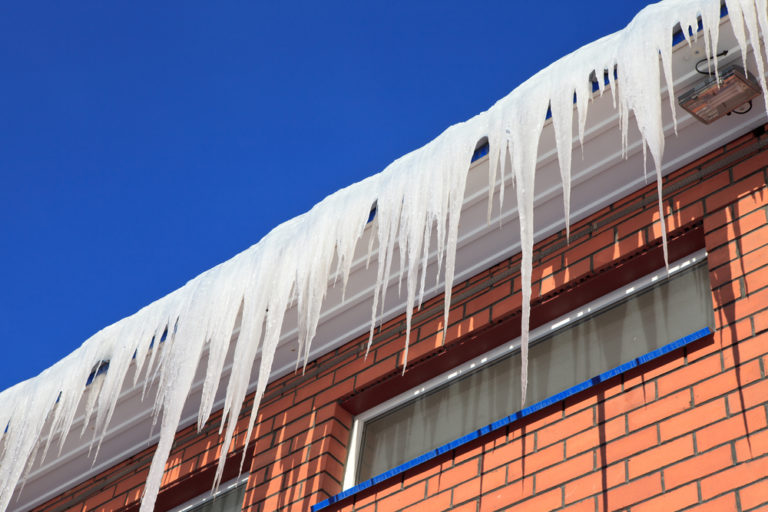The snow and the cold are not a friend to your roof. Winter roof problems are very common, but with the proper knowledge, you can avoid them. Your roof prevents you from getting snowed on, and more, during those cold months. So it is important to ensure it is properly maintained to prevent any damage that might affect how well it protects your home.
Let’s go over some of the common winter roofing problems and how you can avoid or accommodate them.
Condensation
Condensation is one winter roofing problem that tends to go unrecognized. It is caused by warm air within your homecoming in contact with the cold underside of your roof exposed to winter temperatures. In addition, if this happens, it can result in a musty smell or mold or mildew growth.
To prevent this issue, make sure your roof is properly ventilated. Having a ventilated roof allows for maximum airflow throughout the roof. It will fight off the condensation that could appear on your roof as it reduces the amount of warm air that comes in contact with your roof.
Ice Dams
Ice dams are caused by variations in temperature. These are created when the top of your roof is warmer, allowing snow to melt, but the bottom of your roof is still cold enough that snow or ice can stay frozen. These dams will form near your gutter system when the melted water trickles down near the frozen area of your roof.
Ice Dams can be prevented through proper ventilation and increased insulation. This will prevent the upper area of your roof from getting too warm.
Icicles
Icicles are very common in the winter. They form when water trickles down and freezes near the bottom of your roof. If icicles are not dealt with, they will continue to grow in length, which can be hazardous.
Winter roof problems can sometimes require costly fixes. But, icicles can be taken care of for free. Make sure you sweep your gutters clean and remove any surrounding debris of melted water. You can also remove the icicles with a long rake along the edges of your roof.
Strong Winds and Severe Weather
Strong winds, snowstorms, and layers of ice on your roof can all possibly damage it. They can ruin your shingles and drive moisture into your roof. But, there is no way to control the weather, so it is important to monitor it and check your roof after severe weather occurs. You should also have a roofing company in your contacts to ensure if you need an emergency repair, you have a reliable source.
If you liked this article, check out this one on, “3 Signs You Need A New Roof.”





